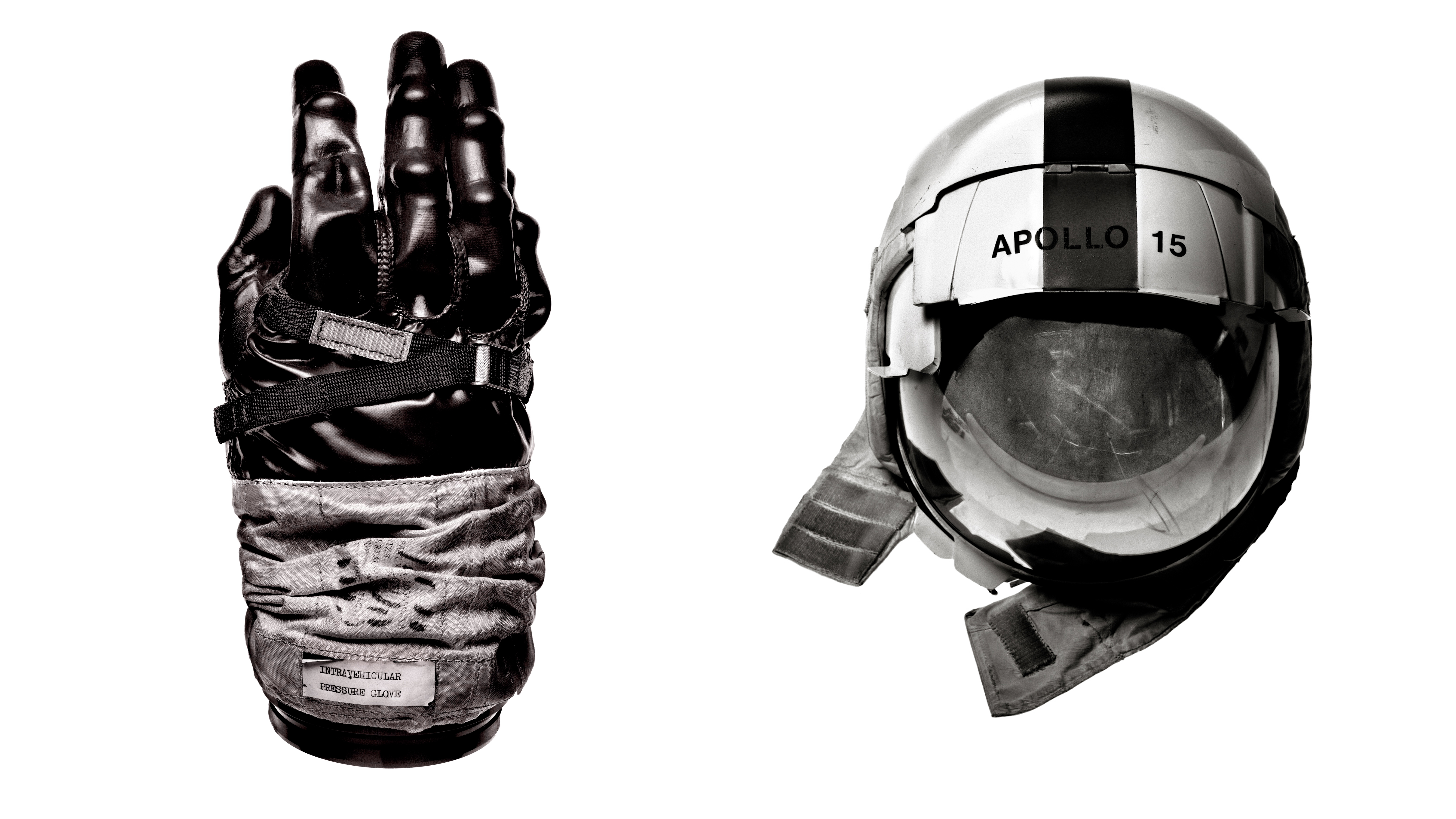Canon EOS 2000D / Rebel T7 and EOS 4000D: New entry-level EOS DSLRs confirmed
Budget DSLR duo launched alongside the company's M50
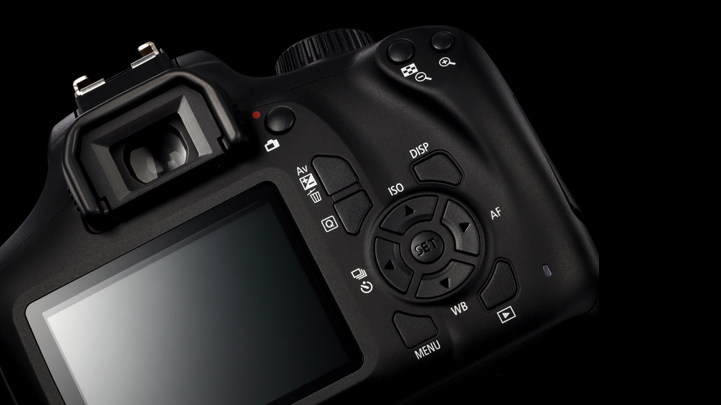
Just ahead of the annual CP+ show in Japan and The Photography Show in Birmingham, UK, Canon has refreshed its most junior DSLR offerings with a pair of new models.
The EOS 4000D and EOS 2000D are intended for those taking their first steps into interchangeable-lens photography. While their specs are fairly rudimentary by modern DSLR standards, they are set to provide the cheapest entry point into Canon's exhaustive ecosystem of lenses and accessories.
Canon EOS 2000D / Rebel T7 features
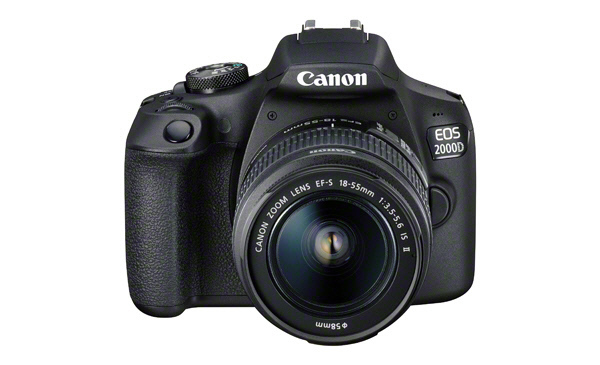
- 24.1MP APS-C CMOS sensor
- DIGIC4+ processor
- ISO 100-6400 (exp. to 12800)
- Full HD (1080p) video recording, up to 30fps
- Video Snapshot mode
- 3fps burst mode
- 9-point AF system
- Pentamirror optical viewfinder, approx. 95% coverage
- 3in LCD, 920k dots
- Wi-Fi and NFC
- 500-shot (approx.) battery life
- SD/SDHC/SDXC memory card slot
Canon EOS 4000D features
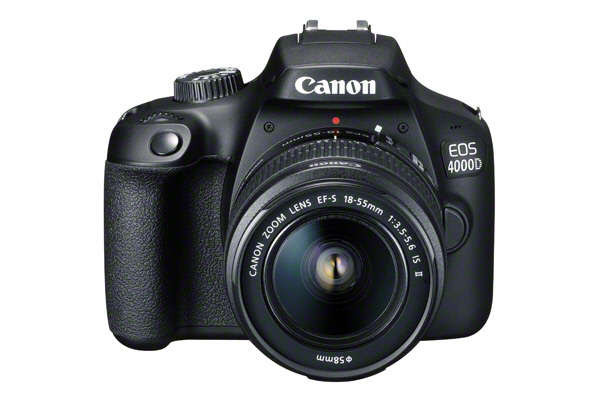
- 18MP APS-C CMOS sensor
- DIGIC4+ processor
- ISO 100-6400 (exp. to 12800)
- Full HD (1080p) video recording, up to 30fps
- Video Snapshot mode
- 3fps burst mode
- 9-point AF system
- Pentamirror optical viewfinder, approx. 95% coverage
- 2.7in LCD, 230k dots
- Wi-Fi (no NFC)
- 500-shot (approx.) battery life
- SD/SDHC/SDXC memory card slot
The EOS 2000D, which is the more senior of the two models, combines a new 24.1MP APS-C sensor with Canon's DIGIC 4+ processing engine and Full HD video recording.
As we'd expect from a model with its entry-level billing, it incorporates Canon’s Scene Intelligent Auto mode to allow point-and-shoot photography with the automatic optimisation for every image, together with Canon's Feature guide to help explain key settings.
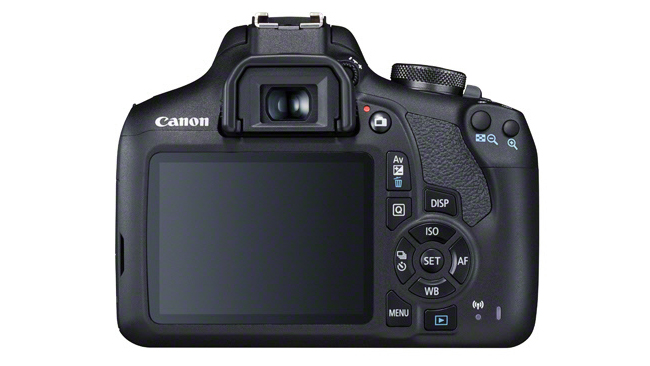
The EOS 4000D sticks to much the same idea as the EOS 2000D, although it offers an 18MP sensor in place of the EOS 2000D's 24.1MP sensor, and has a slightly smaller 2.7in LCD screen. Furthermore, it lacks NFC compatibility, although it does maintain Wi-Fi.
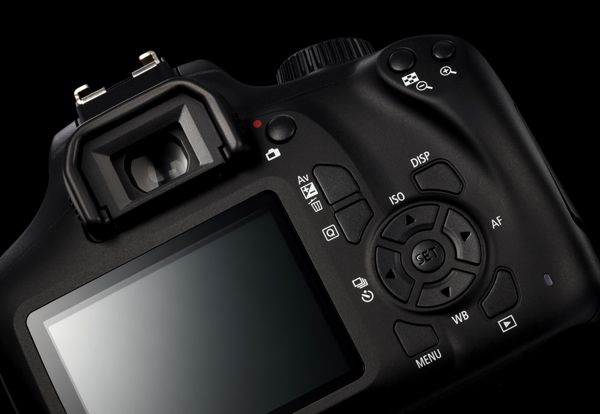
Both models work with Canon's Camera Connect app (available for iOS and Android), which allows for images to be transmitted wirelessly from camera to smartphone or tablet. Canon also points out that novice photographers may wish to use the additional Canon Photo Companion app, which combines tips and tutorials with challenges.
Canon EOS 2000D and EOS 4000D price and release date
Both cameras will be available from March, although you can already pre-order the EOS 2000D from Canon's online store.
Get the Digital Camera World Newsletter
The best camera deals, reviews, product advice, and unmissable photography news, direct to your inbox!
The EOS 2000D has a recommended retail price of £369.99 for its body and £429.99 for a kit with the EF-S 18-55mm f/3.5-5.6 IS II lens, and $549.99 for the kit in the US. The EOS 4000D, meanwhile, will retail at £329.99 for its body and £369.99 for a kit with the same lens.
The former editor of Digital Camera World, "Matt G" has spent the bulk of his career working in or reporting on the photographic industry. For two and a half years he worked in the trade side of the business with Jessops and Wex, serving as content marketing manager for the latter.
Switching streams he also spent five years as a journalist, where he served as technical writer and technical editor for What Digital Camera before joining DCW, taking on assignments as a freelance writer and photographer in his own right. He currently works for SmartFrame, a specialist in image-streaming technology and protection.

